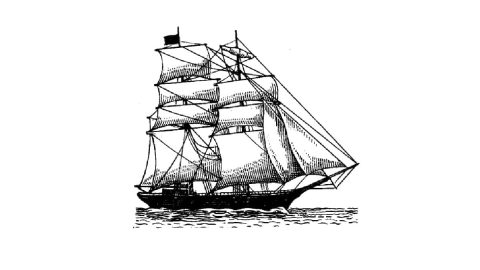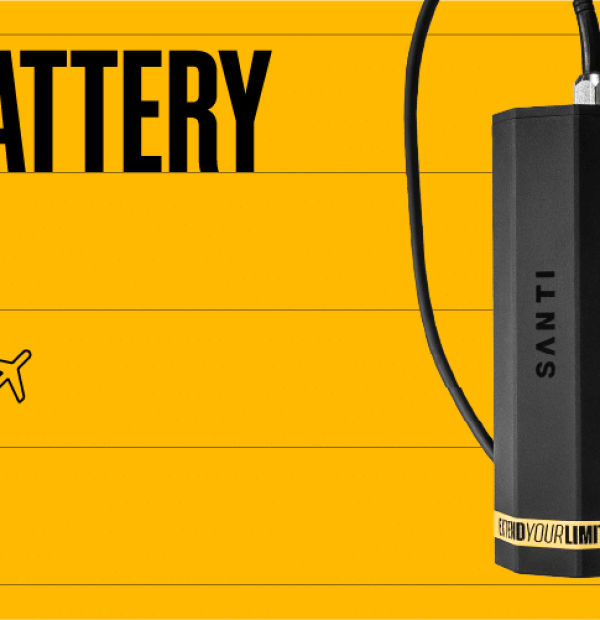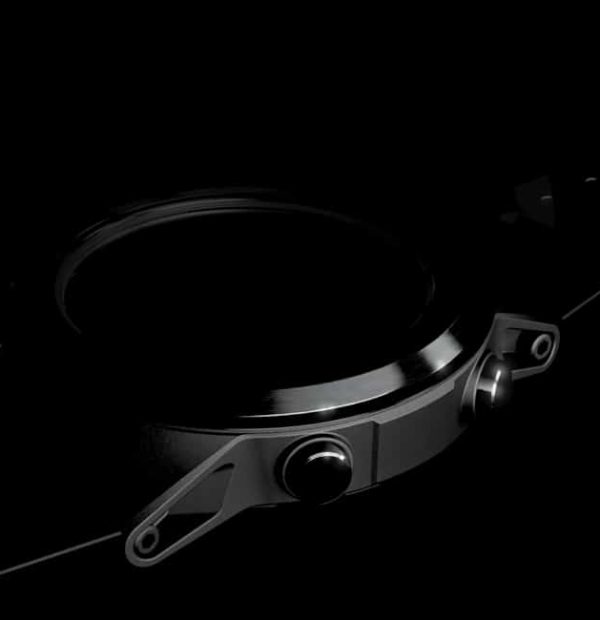Thursday, 16 May 2024
Menu


Choosing the right jacket, also known as a BCD (Bouyancy Control Device), is no easy task. There are many models and the way they differ from each other does not make it easy either. However, you have to decide on something and where to look for help and tips on what kind of jacket will be best for you? In the following text I will try to give you an idea of what the market offers and relate it to the different needs that divers have.
First of all, we should consider how often we intend to dive and what waters are our target waters. These factors will determine the two main attributes of our BCD – weight and price. If we intend to dive once a year, it is probably better to stay with rental equipment (but I find it hard to believe that someone who has tried scuba diving can dive less often than 20-30 times a year).
If we are a tourist diver, i.e. one who performs most of his diving abroad in warm waters, we will certainly be interested in equipment which is light and occupies little space, so that it does not pose a problem during packing and air transport. On the other hand, so-called stationary divers, who visit mostly diving sites in the country, in cold waters, can afford a higher weight of the jackets, and at the same time more facilities, or use of stronger (heavier) materials (e.g. metal instead of plastic), from which our equipment will be composed.
Regardless of which variant is the one that suits our needs, we must remember that it must be properly adjusted to our height and figure. BCD’s are quite adjustable so in most cases there is no problem in choosing the right gear, however it is important to remember the differences that occur when our jacket is empty/full and that at about 40m a 7mm thick neoprene wetsuit will only be 2mm thick.
Following the division adopted earlier, which I have tentatively named tourist and stationary, we should pay attention to the individual elements accordingly:
For the travel model these will be, low weight, consisting of plastic components (buckles, D-rings,) and the absence of the so-called cylinder stretcher (i.e. the part on the back that helps to better stabilize the tank), which will further ensure the ease of folding and packing the BCD, as well as the finish in lightweight, flexible materials. Some models use special anti-slip patches instead of a plastic cylinder stiffener to give better stability to the gas tank. The inflator hose should not be bulky and should be constructed using lightweight plastics.
When it comes to diving in the country, let’s bet on solidity and durability, at the cost of greater weight and space taken up by the jacket after packing. Metal D-rings and buckles are standard, as well as buckles on the straps for cylinder mounting and an easily noticeable (usually plastic) element which stiffens the cylinder so that it does not fly to the sides during the dive. Some jackets also have stiffeners and padding on the inside of the back which makes the construction more rigid and stable. The stronger the material the longer your BCD will last, if you are in the shop and look at the different models you will easily see what I am talking about. Inflator and hose, thanks to which we adjust our buoyancy, should be in this case massive, with big buttons, so that even in a thick glove it is easy to use them.
Pockets for integrated weight are already a standard and are found in almost every model. They allow to relieve the spine and transfer part of the weight to them. Additionally, trim pockets placed on the back are becoming more and more popular. They allow for a better distribution of a larger amount of weight and, at the same time, make it easier for us to adopt an appropriate position underwater, so it is worth paying attention to whether the model we choose has them.
Some manufacturers, such as Zeagle, have unique systems of dropping the ballast, in this case under the name of Ripcord. This system allows us to drop the entire weight with one hand pull, practically in any position.
Currently, the solutions offered by the market allow us to forget about such an element of equipment as an uncomfortable and back-breaking weight belt. We can do it if we add to the integrated weight and trim pockets, trim pockets placed on the cylinder straps. Such a weight distribution is becoming more and more common.
The standard in the buoyancy waistcoats are also additional pockets, in which we can place small elements of equipment, or for example a spare mask, buoy, camera or a container where we keep the car keys.
One of the most important elements of our waistcoat is the inflator, usually located on our left shoulder. Thanks to it, we can control the amount of air inside the jacket. It consists of two buttons – addition and release, combined in one handle and connected to a thick, corrugated hose. Additionally, a small number of models, have an integrated second stage, allowing the BCD to be used as an alternative breathing source. Some models are equipped with an alternative means of deflating the waistcoat, by pulling down on the corrugated hose.
When choosing your jacket, remember that the buttons of our inflator should not be metal because they easily become dirty and corroded, which significantly increases their failure rate and decreases our safety. We should also pay attention to the resistance they present as we must be able to operate the inflator with one hand, which in the case of women and children may sometimes cause problems.
All of this information should help you determine which equipment is best for your needs and which solutions will allow you to enjoy the full pleasure of diving.
Source: own










Welcome to DIVERS24.COM, your daily source of scuba news, freediving, scuba diving information, and equipment reviews. Our comprehensive coverage of the dive industry from A to Z provides you with all the latest scuba news, training updates, underwater photography tips, and everything else related to scuba diving. Whether you’re a beginner or an experienced diver looking for more knowledge about scuba gear or techniques – we’ve got it covered! With our in-depth articles written by experienced divers who have been there and done that, you are sure to find exactly what you need here at Divers24.com. Dive into scuba news today!
Underwater Media Sp. z o.o.
Szafarnia 11/F8,
80-755 Gdansk, Poland
Welcome to DIVERS24.COM, your daily source of scuba news, freediving, and scuba diving information. Sign in for a weekly news update and discount coupons for dive gear and apparel.
@2023 - underwatermedia.pl. All Right Reserved. Designed and Developed by Tworzenie stron internetowych Gdansk

The Divers24 portal is currently the largest online medium treating diving in Poland. Since 2010 we have been providing interesting and important information from Poland and around the world on all forms of diving and related activities.
Contact us: info@divers24.com